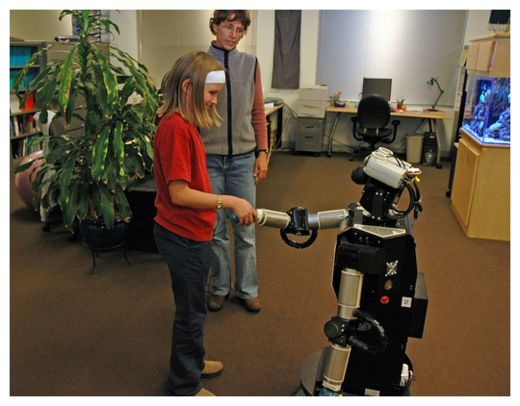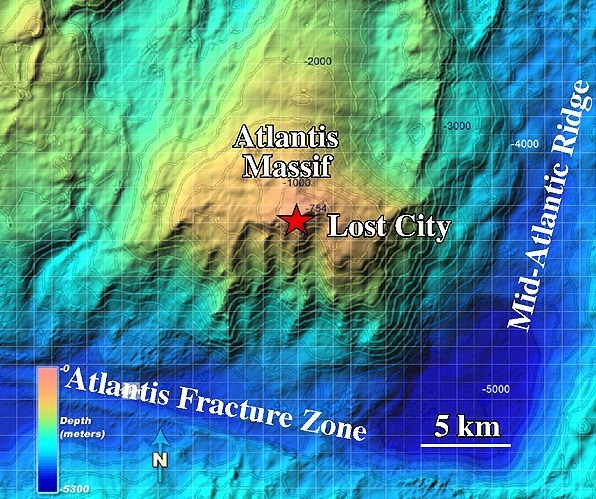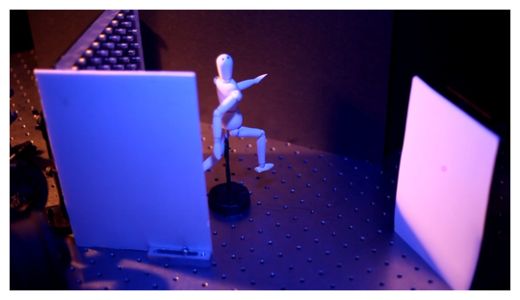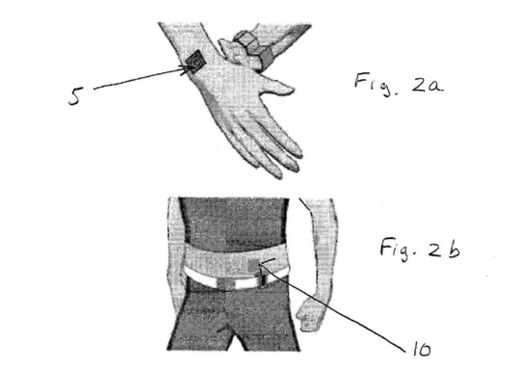
© American Psychological AssociationA child interacting with Robovie, a remotely controlled humanoid robot. In the near future, children may view such robots as friends.
As technology continues to improve, humanlike robots will likely play an ever-increasing role in our lives: They may become tutors for children, caretakers for the elderly, office receptionists or even housemaids. Children will come of age with these androids, which naturally raises the question: What kind of relationships will kids build with personified robots?
Children will view humanoid robots as intelligent social and moral beings, allowing them to develop substantial and meaningful relationships with the machines, new research suggests.
Researchers analyzed the interactions between nearly 100 children and
Robovie, a 3-foot-tall (0.9 meters) robot developed by the Advanced Telecommunications Research Institute in Japan. In the study, two technicians controlled Robovie remotely from another room, leading the children to believe that the robot was autonomous. The researchers imparted humanlike behavior to the robot, such as having Robovie claim unfair treatment when he was told to go into the closet at the end of the interaction sessions.
Follow-up interviews with the children showed that the kids believed Robovie had mental states, such as being intelligent and having feelings, and was a social entity capable of being a friend and confidante. Many of the children also believed that Robovie deserved fair treatment and should not be psychologically harmed.
"We typically think [of] robots as rational calculators rather than humanlike and emotional," said Adam Waytz, a psychologist at Northwestern University in Illinois, who was not involved in the study. "But this research provides a nice example of how
endowing a robot with emotions can lead children to treat the robot as a companion and to consider its moral standing."






Comment: These viral propaganda experiments apparently work very well. Choosing the right music seems to be key to sending waves of emotions through viewers. Even though the emotions were induced from believing in a lie, people naturally want to share 'the good vibes' with others.